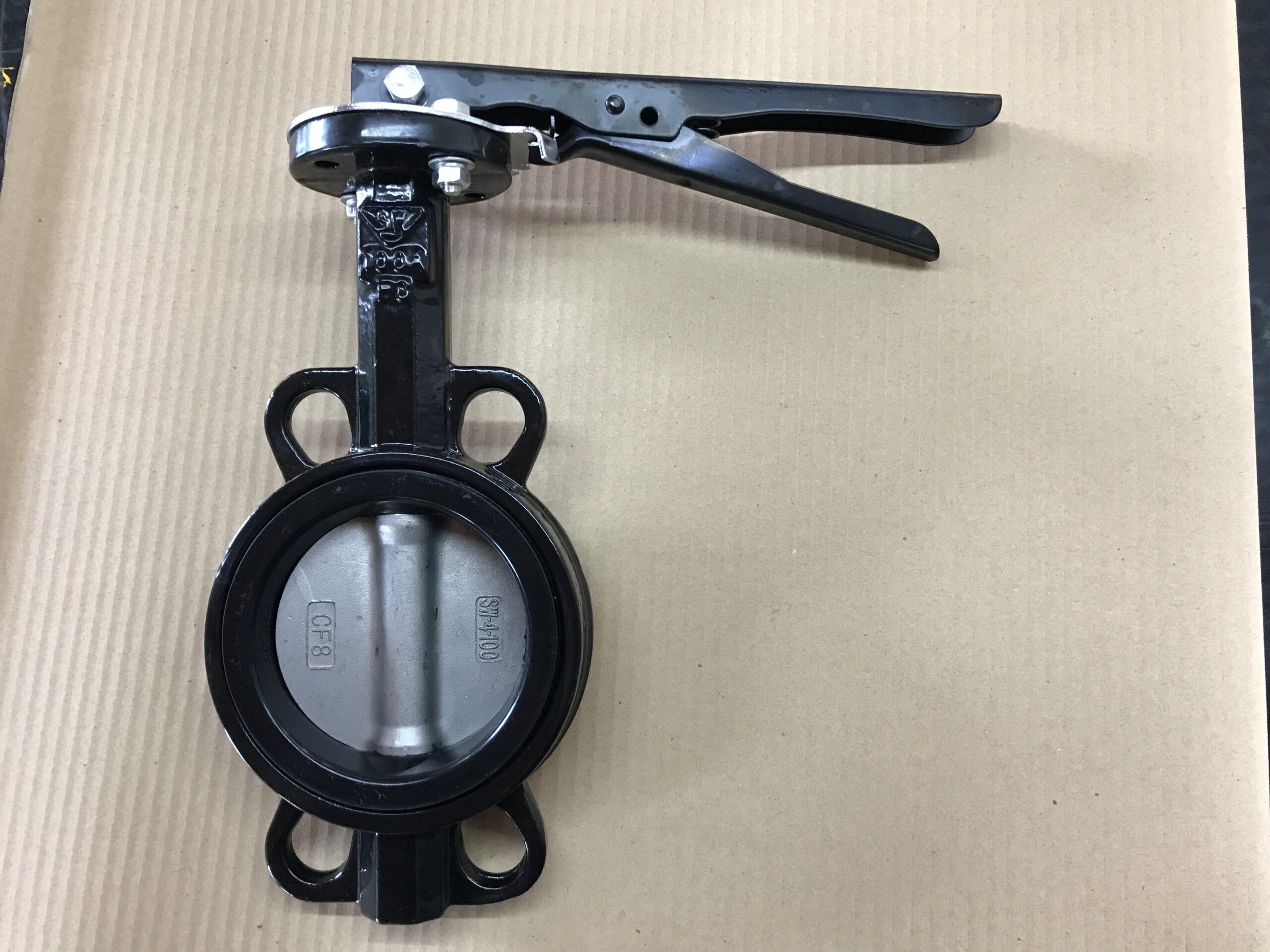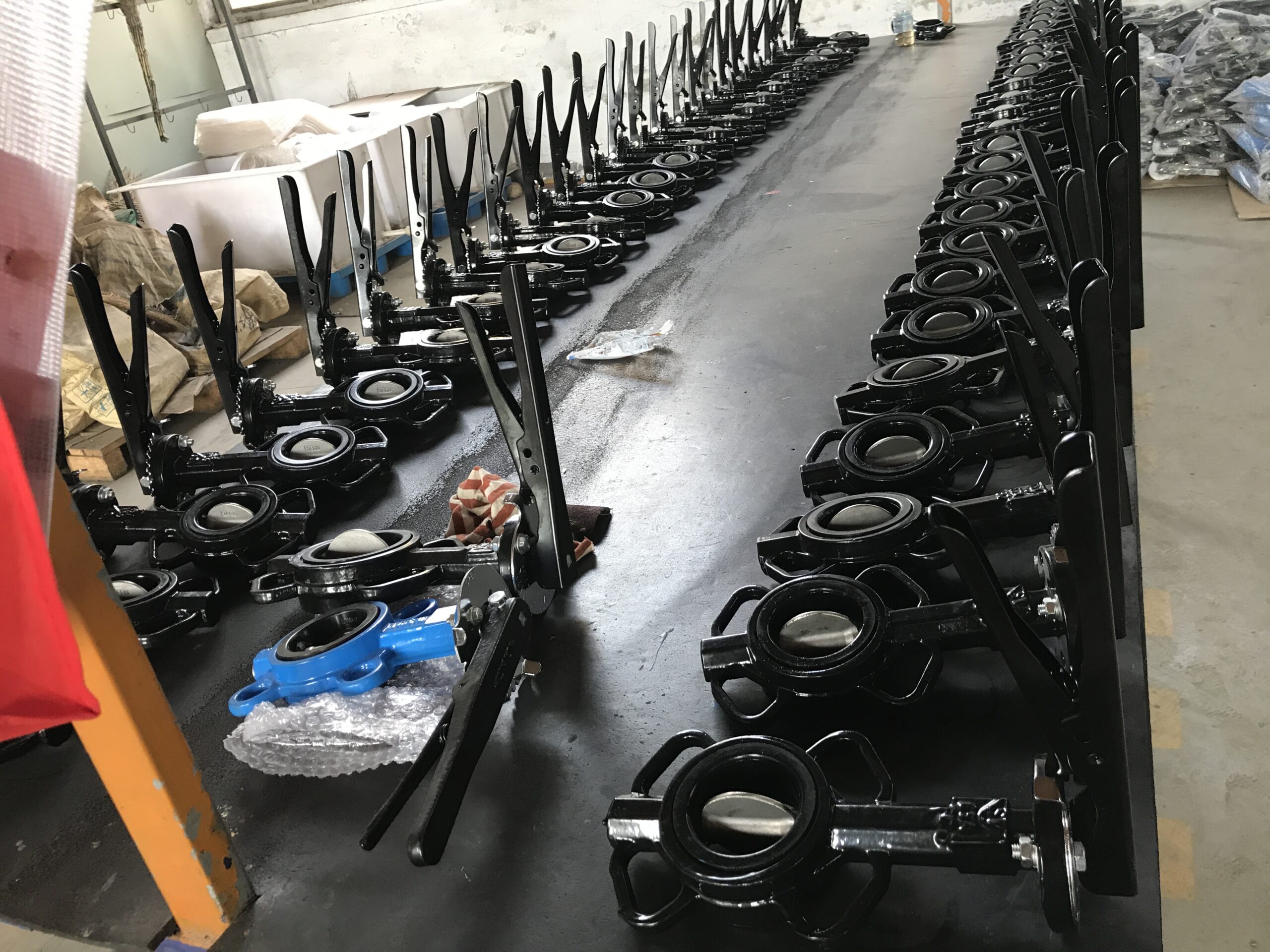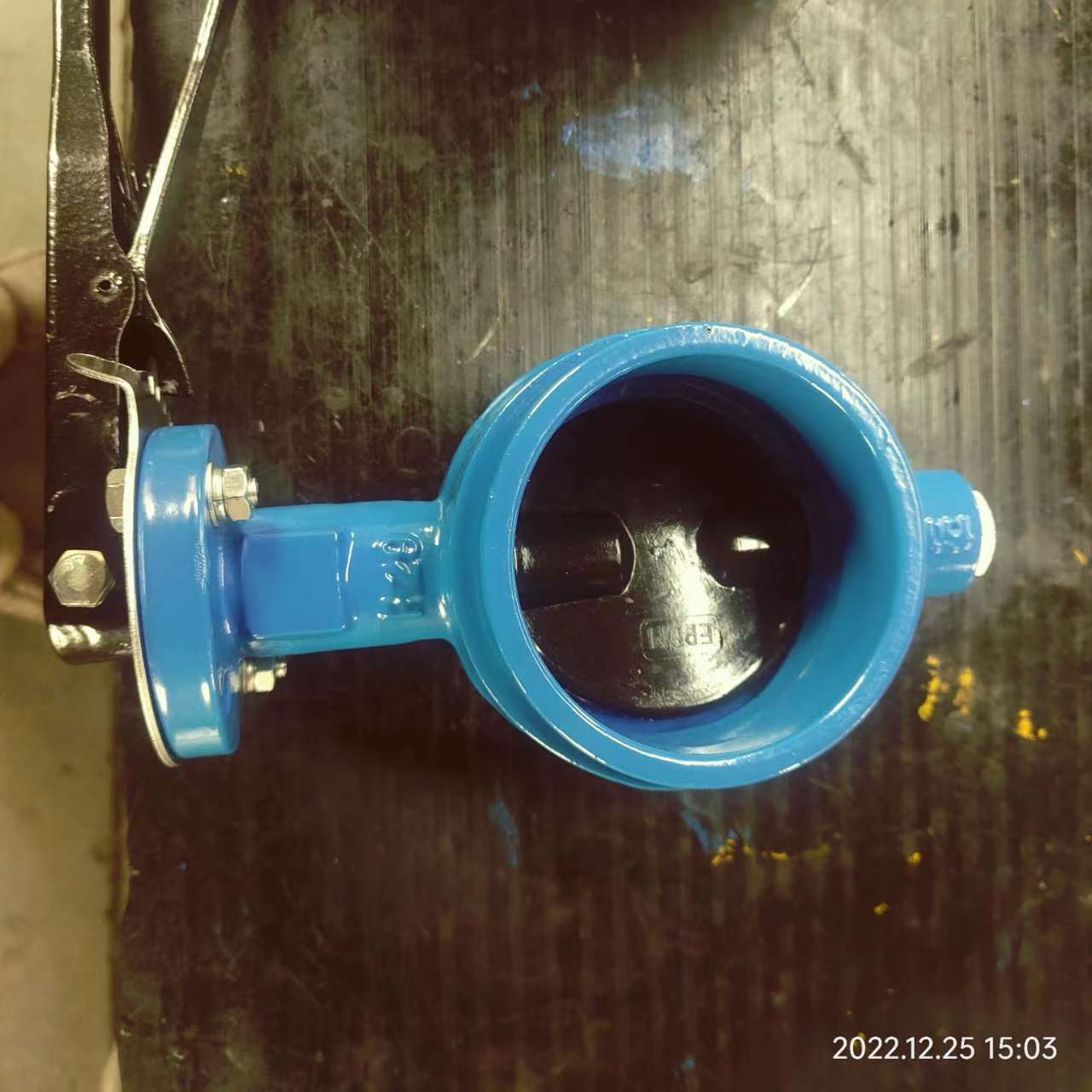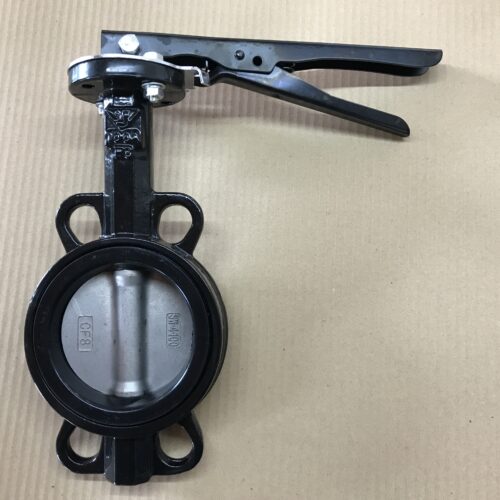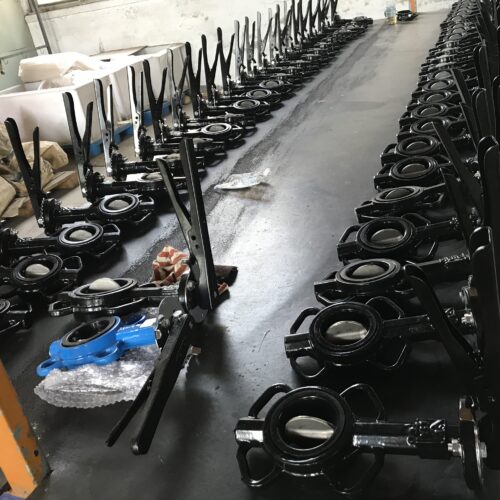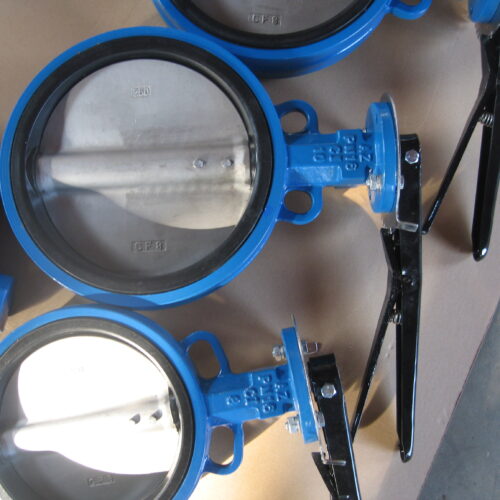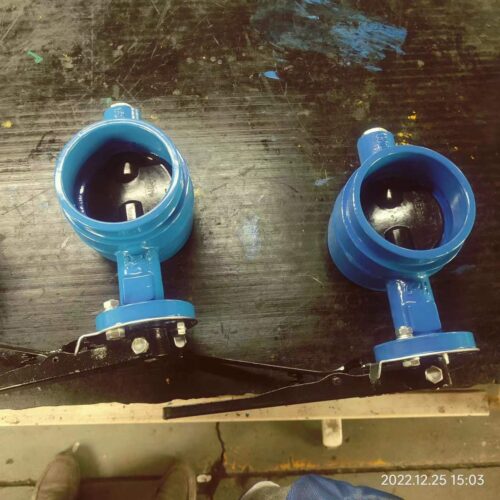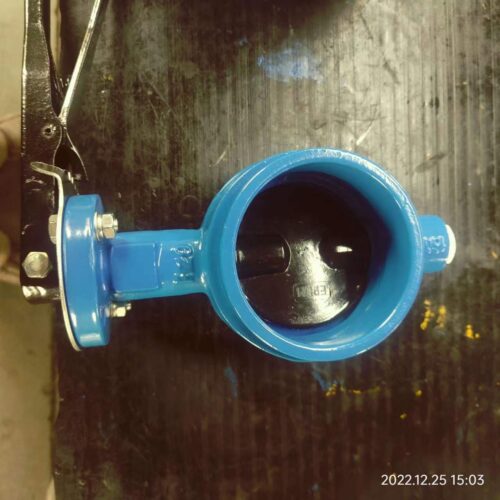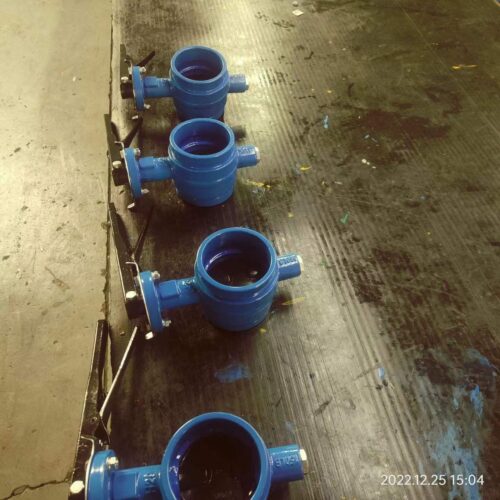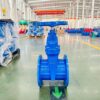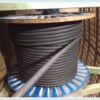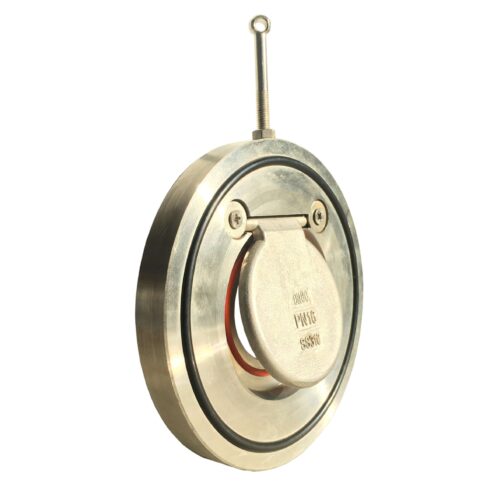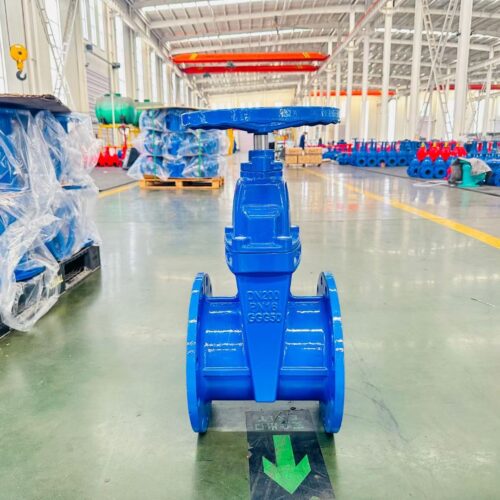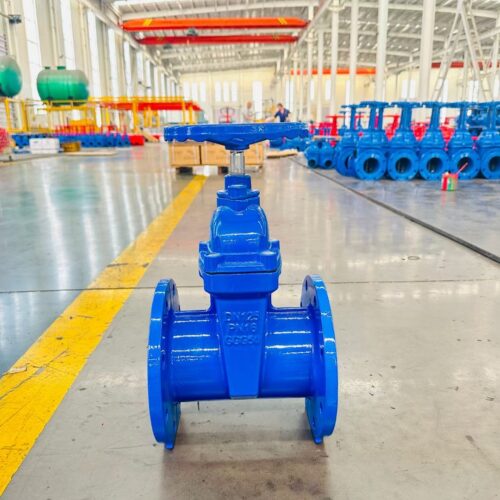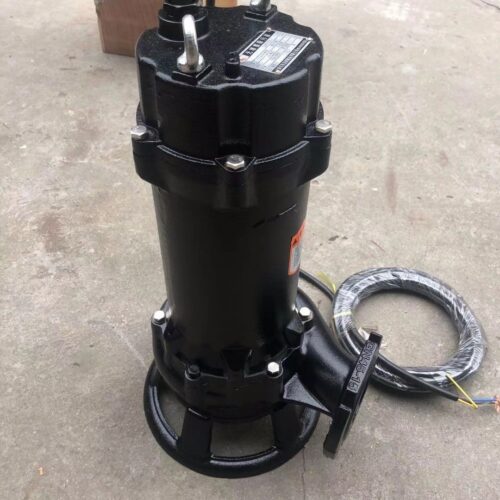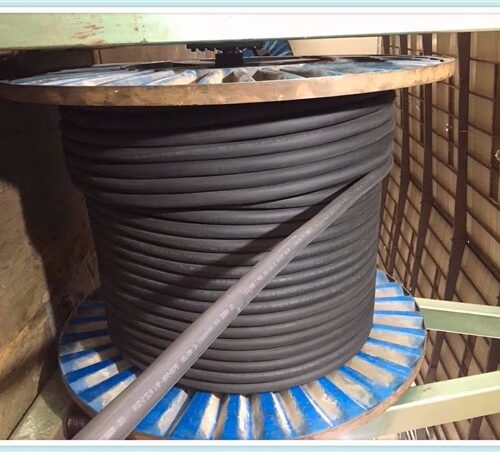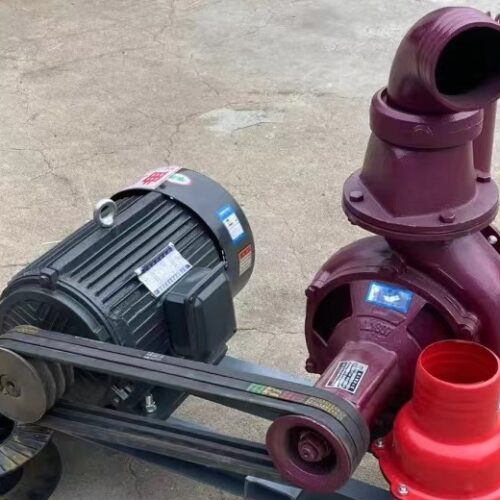Irrigation Butterfly Valve
The irrigation butterfly valve is a key component in controlling the flow of water in irrigation systems. It is designed to regulate the flow of water by either partially or fully opening and closing the valve. This allows for precise control over the amount of water being distributed to different areas of the irrigation system, ensuring that crops receive the optimal amount of water for their growth.
The butterfly valve gets its name from the design of its disc, which resembles the wings of a butterfly. This disc is connected to a shaft that can be turned to open or close the valve. When the valve is open, water flows freely through the system, and when it is closed, the water flow is stopped completely.
In addition to controlling the flow of water, irrigation butterfly valves are also used to prevent backflow and ensure that water only flows in one direction. This helps to maintain the efficiency and effectiveness of the irrigation system, ensuring that water is distributed evenly and that crops receive the necessary hydration for healthy growth.
Irrigation systems are essential for ensuring that crops receive the necessary amount of water to thrive and produce a successful harvest. One crucial component of an irrigation system is the butterfly valve, which controls the flow of water through the system.
A butterfly valve is a type of quarter-turn valve that is used to regulate the flow of a fluid, in this case, water, through a pipeline. The valve consists of a disc that is positioned in the center of the pipe, which can be rotated to either allow or block the flow of water. When the disc is rotated parallel to the flow of water, the valve is open, allowing water to pass through. When the disc is rotated perpendicular to the flow of water, the valve is closed, stopping the flow.
In an irrigation system, butterfly valves are typically used to control the flow of water to different sections of the system, such as individual fields or crops. By adjusting the position of the butterfly valve, farmers can regulate the amount of water that each section receives, ensuring that crops are not overwatered or underwatered.
One of the key advantages of using butterfly valves in irrigation systems is their ability to provide precise control over the flow of water. This allows farmers to tailor the amount of water each crop receives based on its specific needs, helping to optimize growth and yield.
Additionally, butterfly valves are known for their durability and reliability, making them a popular choice for irrigation systems. They are designed to withstand the harsh conditions of agricultural environments, including exposure to water, dirt, and debris. This durability ensures that butterfly valves will continue to function properly for years to come, reducing the need for frequent maintenance or replacement.
Overall, the butterfly valve plays a crucial role in ensuring the efficient and effective operation of irrigation systems. By providing precise control over the flow of water, these valves help farmers optimize the growth and yield of their crops, contributing to a successful harvest. With their durability and reliability, butterfly valves are a valuable investment for any agricultural operation.

